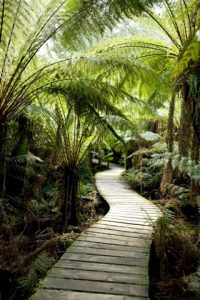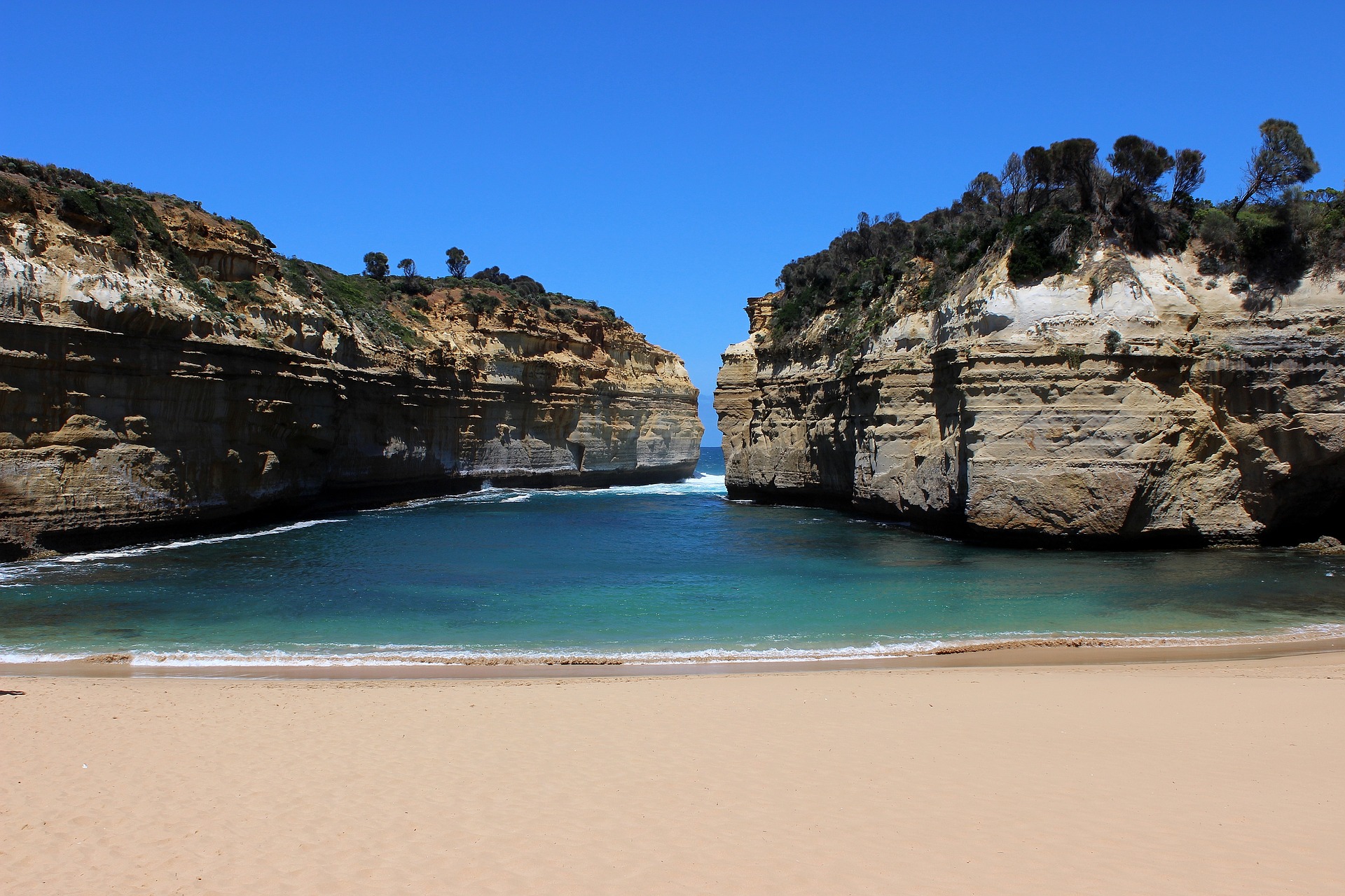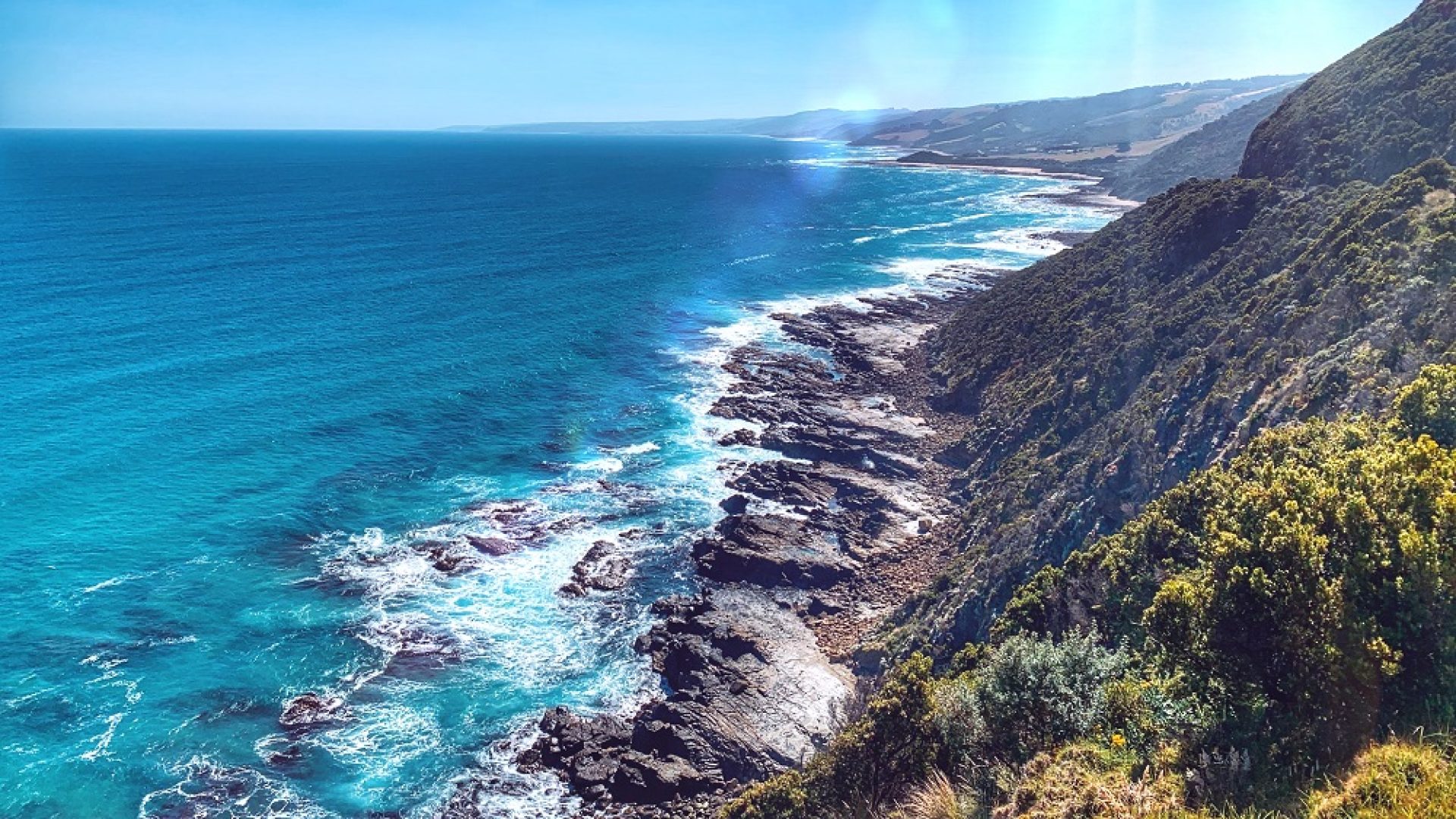Indigenous australian culture
Whether you live in Australia, or are just visiting – it’s extremely important to know one thing: Australia was, is, and always will be Aboriginal land.
The Indigenous Australian culture is incredible and truly special. They believe there was once a period of time where powerful creation beings – their ancestors – shaped the land to make it liveable for future generations. As a result of this, they have an extremely close relationship with the land, and have been protecting and caring for it for thousands of years.
How many thousands of years? Well, there have been a number of scientific discoveries that date the presence of Indigenous Australians in Australia for up to 68,000 – 80,000 years. Throughout this time, their incredible culture has allowed them to thrive in Australia’s incredible landscapes.
This week, we’re going to take a look at the Indigenous Australian culture along the Great Ocean Road.
the indigenous australian culture of the great ocean road
The Great Ocean Road overlies the traditional country of the Wadawurrung (Wathaurong), Gadubanud, and Kirrae Whurrong (Girai-Wurrung) language groups of the Kulin nation.
Along the Great Ocean Road, hills, clifftops, beaches and forest tracks echo with the voices and spirits of the traditional owners of the land. For thousands of years, the Indigenous Australians hunted, gathered food, and connected for ceremonies, marriages, festivals, settlement disputes, and trade. There is also an abundance of food along the Great Ocean Road area, including kangaroos, wallabies, emus, fish, eels, fruits, and vegetables.
WADAWURRUNG COUNTRY
The first area of the Great Ocean Road is Wadawurrung (Wathaurong) country. The Wadawurrung country spans over some 7,800 square kilometres, and consists of 25 land-owning groups called ‘clans’. Wadawurrung country is particularly important for Indigenous Australian culture in the Melbourne region. This is because it holds the location where Bunjil, the creation ancestor of the wider Melbourne region, created men and women.

GADUBANUD COUNTRY
The Wadawurrung country ends at the Barwon River, and becomes Gadubanud country. The word ‘Gadubanud’ means ‘King Parrot people’. A large portion of the Gadubanud country is in the Great Otway National Park, containing a beautiful temperate rainforest, as well as a rugged coastline. The Gadubanud people adapted the land with a complex and sophisticated system of land management to help them with food and transport. Their diet was varied, including lots of shellfish, an abundance of eels, kangaroos and wallabies, and local spinach and berries.

KIRRAE WHURRONG COUNTRY
Along the Great Ocean Road, the land changes from Gadubanud country to Kirrae Whurrong (Girai-Wurrung) by crossing over the Gellibrand River. The Kirrae Whurrong country spans around 4,900 square kilometres, and includes the 12 Apostles, Loch Ard Gorge, and more sites along the Shipwreck Coast. There is some physical evidence of the Kirrae Whurrong’s presence in these regions, as a number of shell middens and stone artefacts have been found and can still be seen in the limestone rock cliff-faces that make up the coastline.

The Great Ocean Road is an incredible destination for a wide number of reasons; but none more-so perhaps than the region’s significance to the incredible history and culture of the Indigenous Australians. So check out our 5 tips to the Great Ocean Road here and the range of our Great Ocean road tours here.

